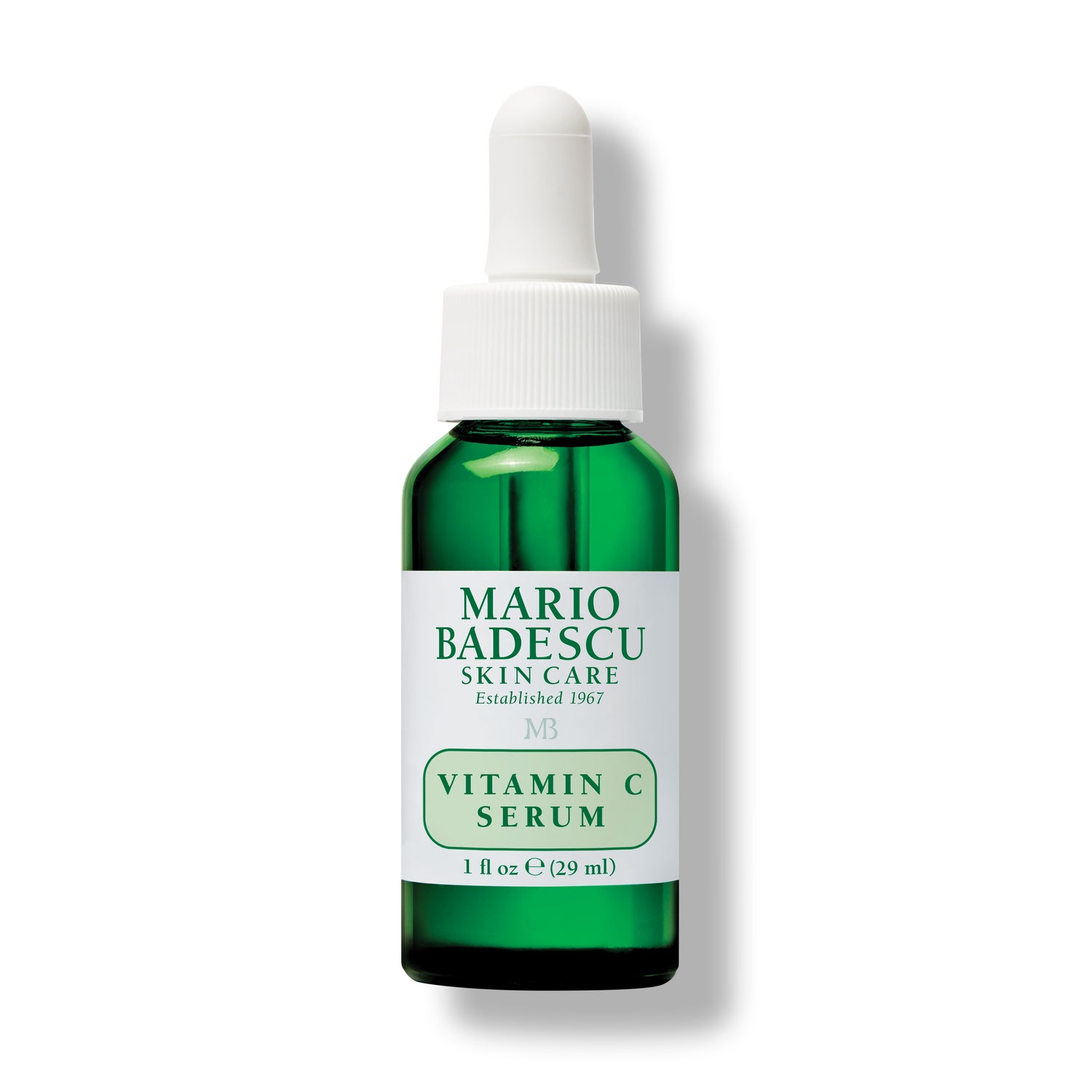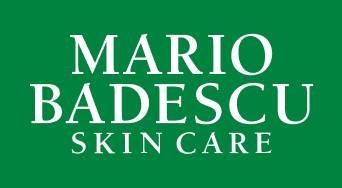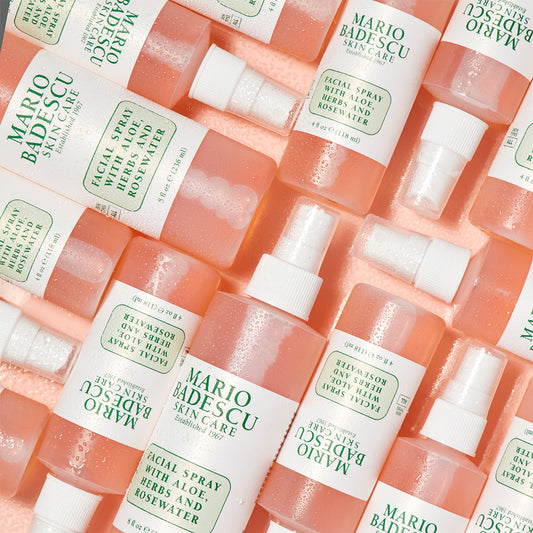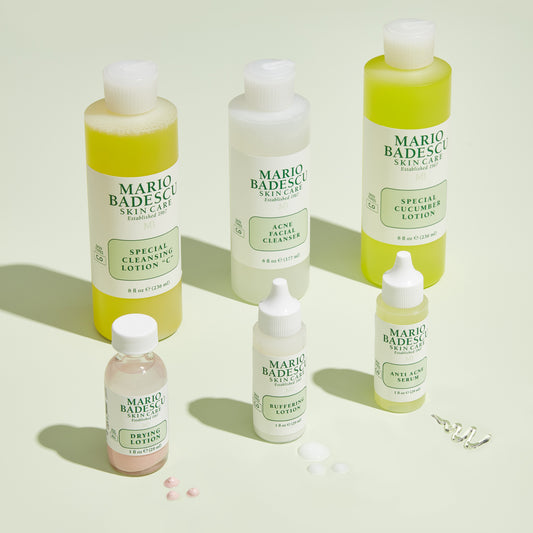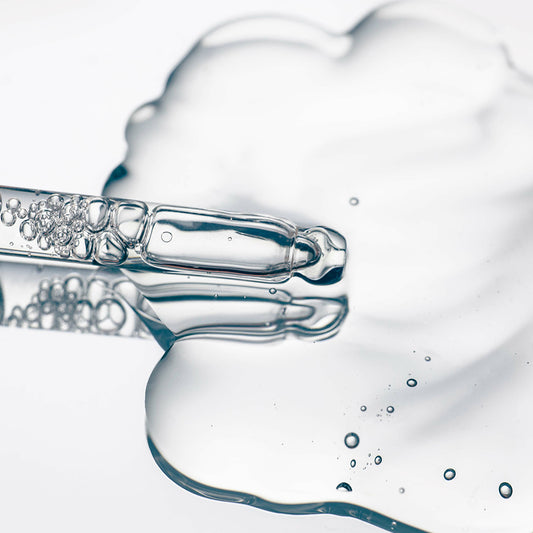
What is hyperpigmentation?
Hyperpigmentation (known as age spots, acne scarring, dark spots, freckles, melasma) is a condition characterized by darkened patches of skin. This discoloration is caused by the overproduction of melanin, the pigment responsible for the giving the skin (and eyes and hair) color. There are a number of external causes that make hyperpigmentation a fairly common skin concern regardless of age, ethnicity and sex.
What causes hyperpigmentation?
Aside from certain individuals’ predisposition to hyperpigmentation, various external causes include:
- Sun damage/excess exposure to sun;
- Inflammation/skin injuries;
- Picking at skin;
- Aging;
- Hormonal changes; and
- Some medications
Sun exposure is the number one culprit behind hyperpigmentation; because sunlight triggers melanin production as a natural means of protecting itself from harmful UV rays, overexposure kicks it into overdrive and causes dark spots – also known as freckles, age spots and sun spots – to appear on the skin.
Post-inflammatory hyperpigmentation is characterized by darker patches of skin that occur after a minor injury (from acne, burns, cuts, eczema, psoriasis, etc.).
Maturing skin is more susceptible to patches of discoloration (also known as age spots). Over time, the distribution of melanin becomes less controlled and more irregular, leading to uneven skin tone. That said, keep in mind that these dark spots are only further exacerbated by unprotected sun exposure throughout the years.
Hormonal fluctuations (whether caused by internal changes or certain medications) explain why women experience hyperpigmentation more often than men. Melasma, also known as the “mask of pregnancy,” is triggered by a combination between hormonal changes and sun exposure.
How can I prevent hyperpigmentation?
Note that there’s a strong tie between all of the aforementioned causes: there’s always something coupled with the element of sun exposure that either triggers or intensifies discoloration. Prevent hyperpigmentation by wearing – and regularly re-applying – a broad-spectrum SPF throughout the year, focusing on the face and hands especially. Limit the amount of time spent in the sun. Should you spend an entire day outdoors, grab a hat and slip into lightweight, protective clothing (preferably with sleeves).

How can I treat hyperpigmentation?
Keep in mind that there’s no “cure,” but with the right skincare regimen, you can easily minimize the appearance of uneven skin tone.
Chemical peels and facial treatments do well in helping treat discoloration by revealing a brighter, newer layer of skin underneath. While peels are not recommended for everyone because of the acidic potency – always consult your dermatologist before booking an appointment for a peel or facial treatment – they have the potential to be extremely effective in evening your complexion.
We recommend: Alpha Peeling Treatment, Superficial Peeling Treatment, Glycolic Acid Treatment, Vitamin C Treatment (all available at our NYC salon).
Skincare products containing Alpha Hydroxy Acids (AHAs) help gently remove dulling, discolored buildup to promote cell turnover, therefore lessening the appearance of hyperpigmentation. Vitamin C derivatives are powerful, antioxidant ingredients that help even out skin tone, reduce discoloration, brighten the complexion and promote healing functions. Licorice and Kojic Acid have been accredited with helping promote a more even skin tone.
We recommend: Enzyme Cleansing Gel, Glycolic Foaming Cleanser, Alpha-Grapefruit Cleansing Lotion, Glycolic Acid Toner, Vitamin C Serum, Whitening Mask
. . .
